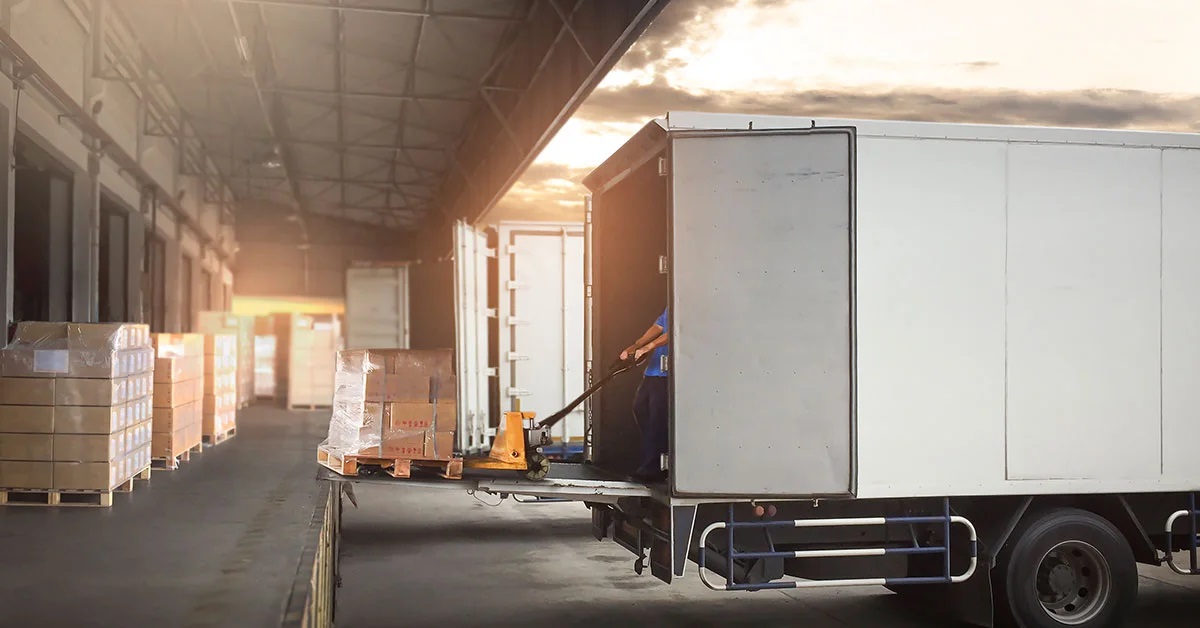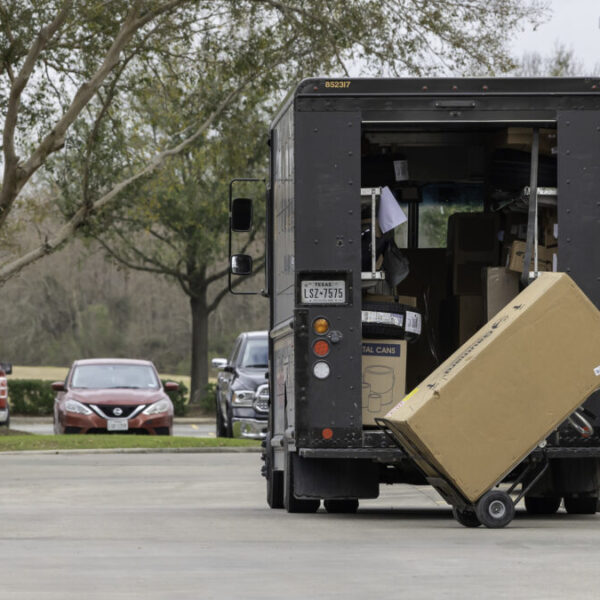The truck rumbles to a stop, packed full of cargo and ready for the next leg of its shipping logistics journey. But how does over 10 tons of freight make the final leap to its destination? Grab the pallet jack! Because it’s time to learn the crucial last-mile dance of freight unloading and indirect freight delivery.
Behind Door Number One we have direct unloading. The queen of efficiency in freight handling methods. She waltzes goods smoothly off the truck straight into their final home without missing a beat. That flows from dock to stock room with ease thanks to her unloading techniques. But her partner better have room on the dance floor. Direct unloading requires infrastructure for trailers to tap right into the building.
Sliding up in Door Number Two is indirect freight unloading. He’s the patient type, ready to tango goods through a few extra steps. First unloaded into storage, then divided up for individual deliveries. This is due to his flexible unloading techniques for indirect freight delivery. It may take more time with an extra twist across the warehouse floor. But indirect unloading is willing to sachet his cargo to sites lacking direct access.
The choice between these two freight handling methods boils down to balance. Direct sets the tempo for speed and simplicity. Yet sometimes you need your goods to limbo under obstacles and shimmy through tight spaces. That’s where indirect comes to the rescue as part of flexible shipping logistics. Master shippers aim for mostly fast direct transfers. But keep indirect unloading up their sleeves for hard-access delivery destinations. By understanding their strengths and weaknesses, businesses can choreograph their supply chain dance.
So, let’s dive in and know more about unloading techniques!
The Art Of The Last Mile: Mastering The Grace And Power Behind Unloading Techniques
After miles traversing land, air or sea, cargo enters the final leg of its supply chain management journey – the last mile. Choreographing goods from transportation hub to facility threshold requires finesse. How do freight logistics managers execute this delicate dance? By understanding the balance between direct and indirect unloading. This will optimize transportation efficiency.
Also Read, Part – 1 – Top 7 Warehousing Solutions in Texas
What is Direct Unloading?
Unloading directly from a trailer or container transfers cargo without stopping. Imagine a big rig backing up to a retail store’s loading dock bay doors as pallets slide into the stockroom. This nonstop movement provides advantages like:
- Speed
- Lower costs
- As well as minimal handling to reduce damage.
Yet, direct unloading requires large infrastructure. The partner must have physical space and equipped bays or docks. This enables transport vehicles to access the building.
Examples of Direct Unloading Applications:
- Big-box distribution centers with dedicated warehouses and docks designed for high-volume freight logistics
- Manufacturing plants and factories with on-site room for many trucks to drive right inside
- Airport cargo facilities with climate-controlled hangars to shelter air freight.
When Should Businesses Use Direct Unloading?
Whenever feasible! Direct transfer methods streamline the supply chain by eliminating lag time at intermediate waypoints. Products contained inside:
- Protective wrapped pallets
- Durable packaging
- Or shipping containers
These are ideal candidates for immediate direct handoff. This approach works best when dropping full truckloads of inventory, not mixed partial loads. The recipient partner must have proper outfitted unloading infrastructure and space. That will accept efficient direct delivery.
Also Read, The Future of the Retail Sales And Distribution Industry
What is Indirect Unloading?
Not all distribution destinations can perform intricate loading dock duties. Sometimes packages need an interim ballet of short-term storage and shuffling before reaching their final home. Enter indirect unloading. Goods are first discharged from ships, rail cars, or trucks. They are moved to a transitional warehouse or storage yard. Here the items await further sorting and eventual last-mile delivery to final destinations.
For example, imagine containers unloaded from large ocean vessels. The metal containers are offloaded onto the docks of a bustling seaside port terminal. Then they await loadout onto rail cars or semi-trucks for final delivery. These trucks deliver items to big-box retailers or local malls inland. This two-step import process provides valuable staging flexibility. The buffering enables wider access for recipients lacking direct-connect infrastructure at their facilities.
Examples of Indirect Unloading Use Cases:
- Urban retailers and restaurants with tight street access and lacking on-site docks/bays
- Adaptive reuse spaces like factories turned loft apartments missing legacy loading infrastructure
- Companies need storage buffers to align distribution timing with production schedules
When to Apply Indirect Unloading Strategies?
Indirect unloading requires physically moving cargo and extra time. The decoupled process stage enables wider access for recipients short of direct-transfer capabilities. This approach also proves useful for handling mixed loads with a variety of product types. This protects delicate specialty items from excessive handling exposure. Careful staging provides a buffered harbor for:
- Adjust delivery windows
- Regulate flow times
- And aligned with production calendars.
In summary, indirect unloading balances exacting coordinated moves with a more inclusive destination reach. Due to its separate dance steps.
Also Read, How can we design supply chain logistics in a complex model?
Encore! Take A Bow To Your Supply Chain Prowess
So we reach the rousing conclusion of our logistics ballet. With these creative feats of flexibility, you can now visualize the artistry of unloading techniques. Whether your facility has room for big rig pirouettes or requires adaptable staging tours, the dance goes on.
Now reach for the stars with show-stopping supply chain mastery. Consult our experienced logistics choreographers at Lading Logistics to assess your business’ freight handling solo. Then leverage recommendations for optimizing flow through personalized unloading arrangements. With an approach tailored to your strengths, it’s time for that last mile spotlight to shine.
Partners, take your final bows!
When transportation efficiency and access intertwine gracefully, we all rise to our greatest heights.
Also Read, Difference between Direct and Indirect Freight Loading
FAQs:
What is direct unloading in freight logistics?
Direct unloading involves transferring cargo directly from a trailer or container to its final destination without intermediate stops, ensuring speed and minimal handling.
When is direct unloading most beneficial for businesses?
Direct unloading is ideal when dealing with full truckloads of well-packaged inventory, requiring proper infrastructure and space at the recipient’s facility.
What is indirect unloading, and how does it differ from direct unloading?
Indirect unloading includes the interim step of moving goods to a transitional warehouse before final delivery, providing flexibility for recipients lacking direct-connect infrastructure.
When should businesses consider using indirect unloading strategies?
Indirect unloading is suitable for destinations with tight access, mixed loads, or lacking direct-transfer capabilities, offering staging flexibility and protection for delicate items.
How can businesses optimize their freight handling and unloading techniques?
Consult logistics experts like Lading Logistics for personalized recommendations, ensuring efficient and flexible supply chain management tailored to your business strengths.



